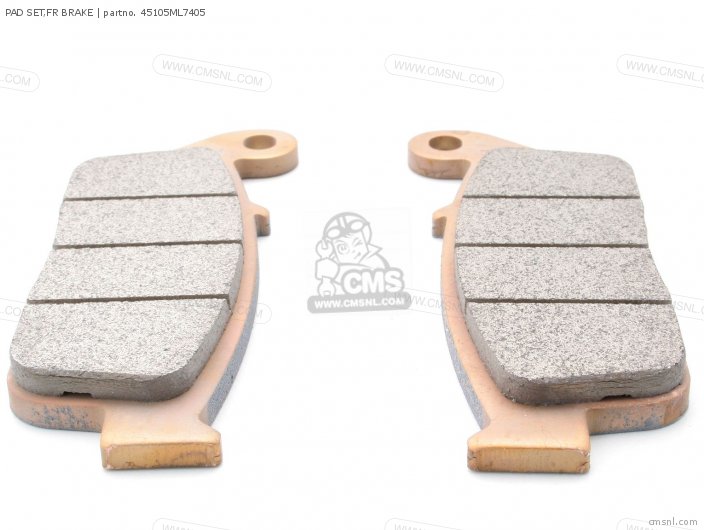1morebike
Site Supporter
Hello all,
Working on my '96 ST1100 non abs with less than 25% of the brake linings left at best, so I'll be doing 3 sets. Still shopping for OE Honda pads and from what I've read I could use 3 sets of the same if need be (confirmation ?). The bike has just under 50K so I assume the front pads have likely been replaced before. About 3 years ago when replacing tires and servicing the final drive I replaced brake fluid by just opening the bleeders and keeping the lines flowing.
My better judgement tells me to service the calipers and flush the system, but if the fluid has been changed frequently during the life of the bike, is the procedure really necessary ? In either case I would have new fluid. The PO took very good care of the bike, but I don't know for sure about maintaining brake fluid. When I last flushed it, it was very clean.
If servicing the calipers, would just replacing piston seals suffice ? Are any complete kits available of good quality ?
Working on my '96 ST1100 non abs with less than 25% of the brake linings left at best, so I'll be doing 3 sets. Still shopping for OE Honda pads and from what I've read I could use 3 sets of the same if need be (confirmation ?). The bike has just under 50K so I assume the front pads have likely been replaced before. About 3 years ago when replacing tires and servicing the final drive I replaced brake fluid by just opening the bleeders and keeping the lines flowing.
My better judgement tells me to service the calipers and flush the system, but if the fluid has been changed frequently during the life of the bike, is the procedure really necessary ? In either case I would have new fluid. The PO took very good care of the bike, but I don't know for sure about maintaining brake fluid. When I last flushed it, it was very clean.
If servicing the calipers, would just replacing piston seals suffice ? Are any complete kits available of good quality ?



